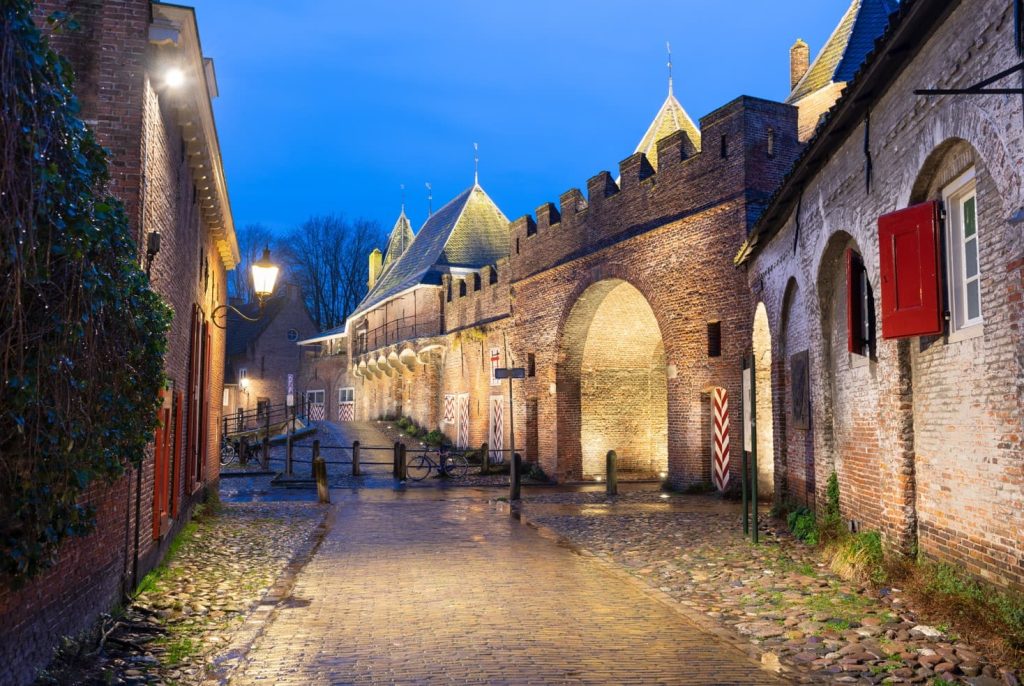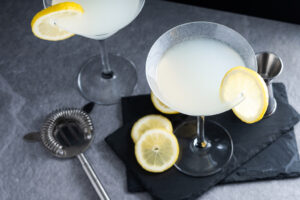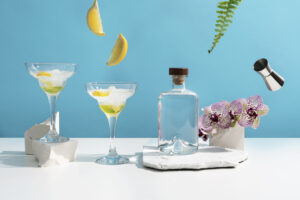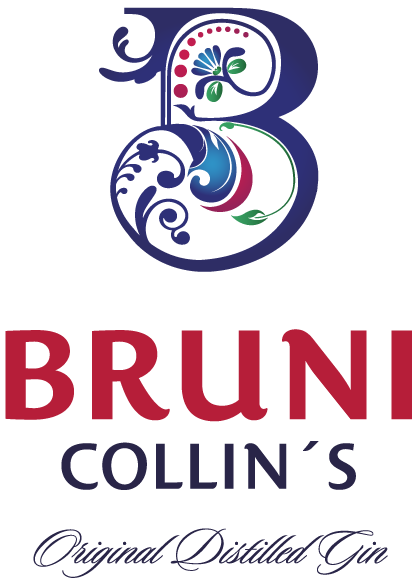As we know, gin is one of the most famous distillates in the world. It comes from cereals such as rye, barley or corn, and its also flavored with juniper berries or nebrinas. But what do we know about the history of gin? maybe very little, for how much it is consumed.
At Bruni Collin’s we want to give you an overview of the first steps that gave rise to one of the alcoholic beverages par excellence. So read on and discover some amazing facts.
The beginning of Gin during war
Like several of the alcoholic beverages we know today, the history of gin begins as medicinal use in the Netherlands, as part of the search for a cure to diseases in the kidneys and digestive problems.
During the Dutch War of Independence in 1568, gin was popularized as a medicine, as it helped to mitigate fear or suffering during times of war.
The magical drink added value before going out on the battlefield, something that their British allies noticed. They were amazed at the voracious behavior of the Dutch. So much so that they called it the “Dutch courage”.
Gin´s success in England
The recipe was brought to the United Kingdom, where it quickly became popular, especially with the arrival of the reign of William III and Mary II, which began in 1688. The manufacture of gin spread throughout the country and by the following years a quarter of the population benefited from the production of the distillate.
Gin was used as a political tool against France. Between 1689 and 1697, the reign of William III enacted severe laws against French imports as high tariffs for cognac. At first, the consumption of liqueurs other than English was even banned. All this because of the religious conflict in Britain and France.
On the other hand, the government encouraged the sale of products made in the UK by offering certain tax benefits that led to the production of gin on an industrial scale. Under the motto The Good English Cereal, the plan to help its citizens distill their own liqueurs was a success.
But, it was not until 1862 that a real quality gin was produced. Thanks to his chemical and scientific knowledge, the English pharmacist James Burrough achieved the ideal formula in Chelsea and created the Beefeater. Its famous label is inspired by the uniforms of the guardians of the Tower of London.
Burrough’s recipe establishes a style that until today is known as London Dry Gin. Originally, the mixture includes ingredients such as juniper, lemon zest, coriander, Seville orange peel, root and angelica seeds.
What was London madness about gin?
With a goal fulfilled, came what is called the London Gin Craze, but was it really so? To answer this you need to put some context.
The low prices of gin meant that for a few cents even 15-year-olds, then permitted by law, could obtain this precious drink.
The gin fever reached such a point that most replaced the traditional beer for this distillate, since it was more affordable, more quantity and with more alcohol degrees.
In the mid-18th century the situation was unsustainable for the authorities, success was transformed into riots and excessive consumption in the streets. Social problems also increased, something that the painter William Hogart perfectly portrayed in his work Gin Lane, a painting where you can observe different deplorable situations.
Bruni Collin’s is your premium gin.






